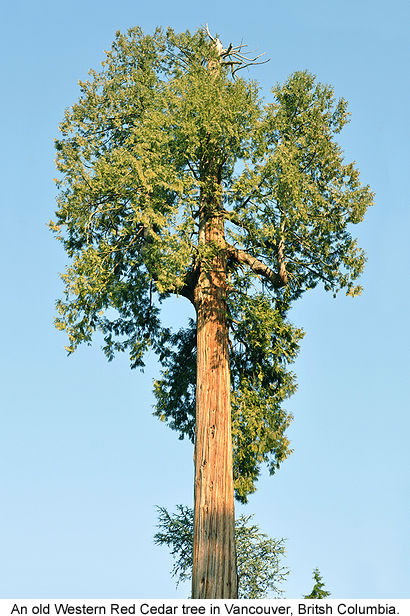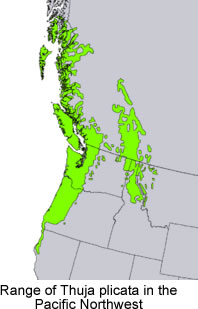 |
Canku Ota
|
 |
|
(Many Paths)
|
||
|
An Online Newsletter
Celebrating Native America
|
||
|
January 2014 - Volume
12 Number 1
|
||
|
|
||
|
The Healing Properties
of Cedar
|
||
|
by Julia Bennett-Gladstone
M. Ed. for "Suquamish News"
|
||
Beloved Western Red Cedar is known by Native people in this region by several names; "Long Life Giver, Mother and Tree of Life." Red Cedar is a tall evergreen tree with gray to cinnamon red bark that is found in moist soils in flat areas and mountain slopes. It thrives here in the moist forests of the Pacific Northwest. Red Cedar provides for us shelter, canoes, basketry materials, clothing, medicine and more! This month I would like to share with you a few of the ways that Cedar can be used as medicine. For generations Northwest Coastal People have traditionally
depended upon cedar bark and leaf as medicine for a variety of illnesses.
The leaves and buds have been used in decoctions to treat coughs,
tuberculosis, fevers and as a gargle. The leaves also are wonderful
for purification smudging. They can either be burnt or added to
a small pot of According to herbalist Elise Krohn, "The oils in Cedar leaf
are anti-fungal, antiviral, antibacterial and a powerful immune
stimulant that increases white blood cell scavenging and is helpful
for chronic respiratory, sinus and ntestinal Caution! A simple yet effective way to combat infections and to open
respiratory passages is to make a cedar steam. To do this, boil
water and pour it into a medium sized bowl with one half to one
cup crushed or chopped fresh or dry cedar The best times to harvest cedar leaves are during summer to late fall when the oil content is the highest. Hang branches to dry or set in baskets in a dry place out of the sunlight. Once dried the leaves can be stored in glass jars or plastic bags and will keep for about two years. You can still harvest leaves during the winter if you are in need for a cedar steam, they will just be lower in oil content and therefore not as potent medicinally. |
|
|
|
|
||
|
|
||
| Canku Ota is a free Newsletter celebrating Native America, its traditions and accomplishments . We do not provide subscriber or visitor names to anyone. Some articles presented in Canku Ota may contain copyright material. We have received appropriate permissions for republishing any articles. Material appearing here is distributed without profit or monetary gain to those who have expressed an interest. This is in accordance with Title 17 U.S.C. Section 107. | ||
|
Canku Ota is a copyright ©
2000 - 2013 of Vicki Williams Barry and Paul Barry.
|
||
 |
 |
|
|
The "Canku
Ota - A Newsletter Celebrating Native America" web site and
its design is the
|
||
|
Copyright ©
1999 - 2013 of Paul C. Barry.
|
||
|
All Rights Reserved.
|
||

